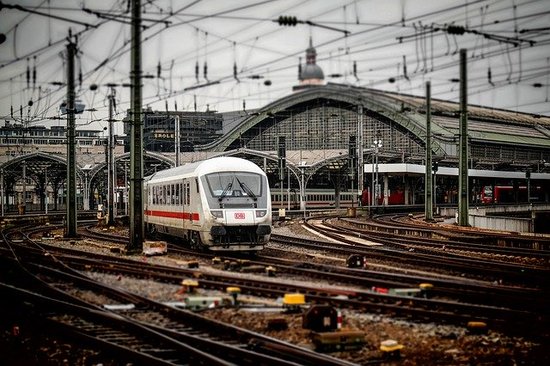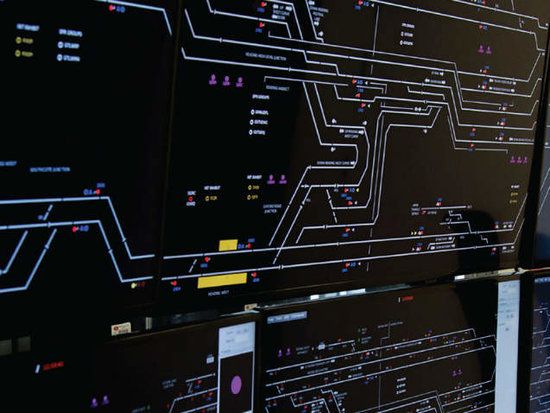Recent Projects

DB Netz
DB Netz are using UML-B as a route to formal verification of digital Railway Command Control and Signalling (CCS) system specifications. In the EULYNX initiative, SysML specification
models of CCS components have been developed such as an electronic interlocking and the corresponding field elements (point, signal, level crossing, etc.), describing their interfaces and how they communicate to make a safe railway system.
Click Here to find out more
Modelling the Hybrid ERTMS Level 3 in UML-B
We used UML-B to model and verify the safety of a new European railway specification, Hybrid ERTMS Level 3. The specification is for a new kind of control system that will allow new trains that can communicate their position, to operate alongside older trains that rely on track detection equipment.
The control system splits the existing track sections into virtual sections so that the newer trains can be run at closer intervals, but reverts to using track detection in the presence of older rolling stock.
We used UML-B class diagrams to model the relationships between trains and track sections and state-machines to model the state of trains. Our model was constructed using nine refinement levels, culminating in a UML-B state-machine representing the control system of the specification.
Click Here to find out more
